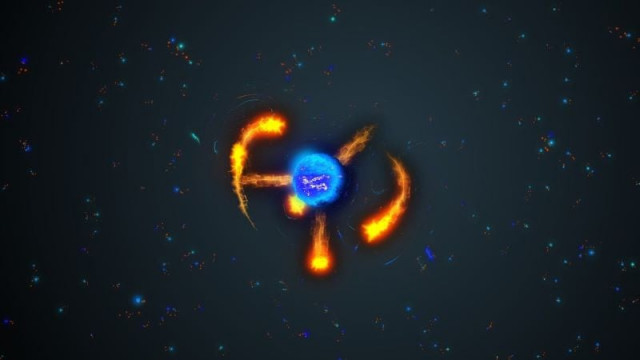Gauss Fusion, a German technology company, said on Thursday it will hand over Europe’s first fusion power plant design to the German chancellery within ten days.
Gauss Fusion CEO Milena Roveda was scheduled to present the design at a climate congress hosted by Germany’s BDI industry federation. The event comes just days after the German government unveiled a € 2 billion ($2.33 billion) Fusion Action Plan, which will run through 2029.
Why does it matter?
Germany said it aims to move beyond basic research and adopt an industry-led approach, positioning itself as a global leader in the race to develop fusion energy. This technology replicates the process powering the sun to generate electricity.
Germany’s conservative-led government supports the technology within its energy agenda.
What is the context?
Competition is intensifying across several fronts: between state and private companies, among governments in Europe, the United States, and China, and between different technological approaches — such as plasma confinement and the use of lasers.
Germany’s Fraunhofer organisation of applied science said last week that coordinated research and investment in Germany could produce globally leading laser systems within three to five years.
Key Quotes
“The Conceptual Design Report (CDR) brings together the know-how of hundreds of specialists across Europe and proves that the technologies, materials, and supply chains required for fusion are within reach,” said Roveda, cited in a press release.
“Solving (industrial challenges) will define who leads the global fusion race and whether Europe secures true energy sovereignty for generations to come,” said Gauss CTO, Frederic Bordry, in the same release, adding that the CDR was tackling them.
What next?
Gauss Fusion’s next design phase is set to start after the review of the CDR by an independent panel in January 2026.


